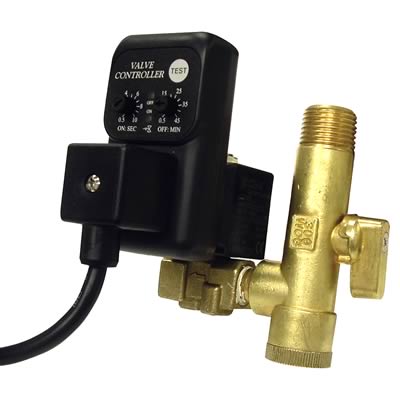G
Greg T.
Hello everybody, I am new to this forum and I appreciate all of the info. that I have been reading on this site. I have a few questions if you don't mind. I have posted on other forums but want to get as much advice as possible.
My dad and I are attempting to spray his 57' vette. We have sprayed before in the past and took a few courses but has been a while since we have sprayed. We have a Sharpe Finex 3000 HVLP (obviously not top of the line) and are trying to get use to it. We are used to spraying w/ conventional gravity fed guns. I keep reading where folks spray anywhere from 29-35 psi w/ their HVLP. My question is doesn't this pressure defeat the purpose of an HVLP? I thought you spray at a lower pressure than that. I'm not being argumentative at all, I am just confused and trying to get an understanding on HVLP's. We have practiced on the trunk and I sprayed @ 32 psi, fluid turned out 3-3/4 turns and air knob all the way out. The clear looks like it has layed out good but their is what appears to be trash but I can't tell if it is trash or some type of small bubbles. They are in random spots. Thank you for any and all advice you can give me and I hope I can be a help to some in the future. Have a great evening. Sorry my first post is so long, LOL!!
Thanks Again,
Greg T.
My dad and I are attempting to spray his 57' vette. We have sprayed before in the past and took a few courses but has been a while since we have sprayed. We have a Sharpe Finex 3000 HVLP (obviously not top of the line) and are trying to get use to it. We are used to spraying w/ conventional gravity fed guns. I keep reading where folks spray anywhere from 29-35 psi w/ their HVLP. My question is doesn't this pressure defeat the purpose of an HVLP? I thought you spray at a lower pressure than that. I'm not being argumentative at all, I am just confused and trying to get an understanding on HVLP's. We have practiced on the trunk and I sprayed @ 32 psi, fluid turned out 3-3/4 turns and air knob all the way out. The clear looks like it has layed out good but their is what appears to be trash but I can't tell if it is trash or some type of small bubbles. They are in random spots. Thank you for any and all advice you can give me and I hope I can be a help to some in the future. Have a great evening. Sorry my first post is so long, LOL!!
Thanks Again,
Greg T.

